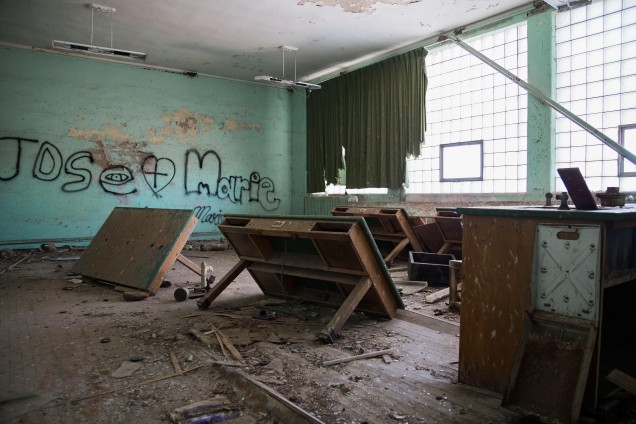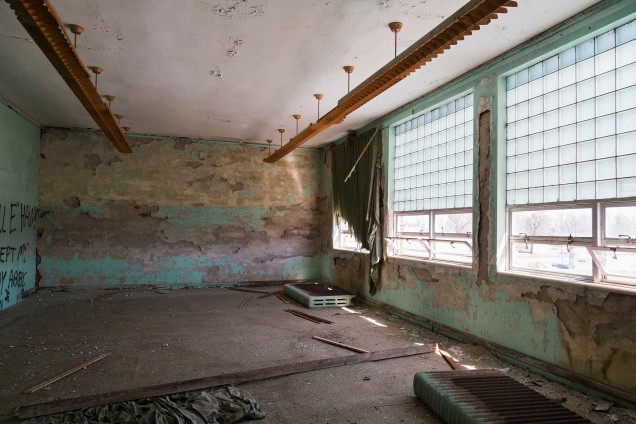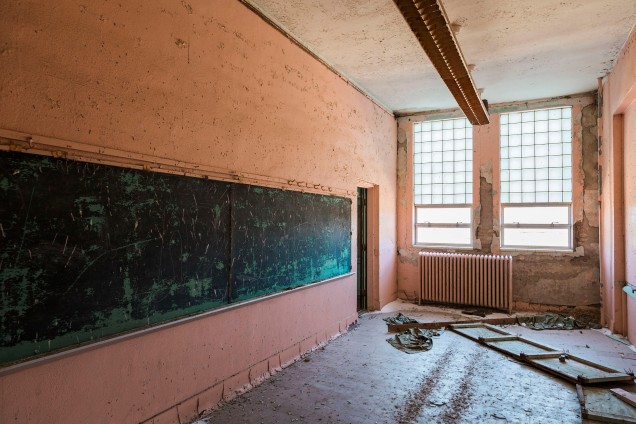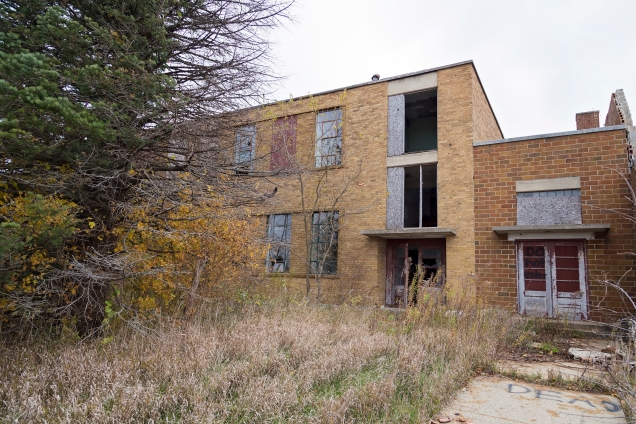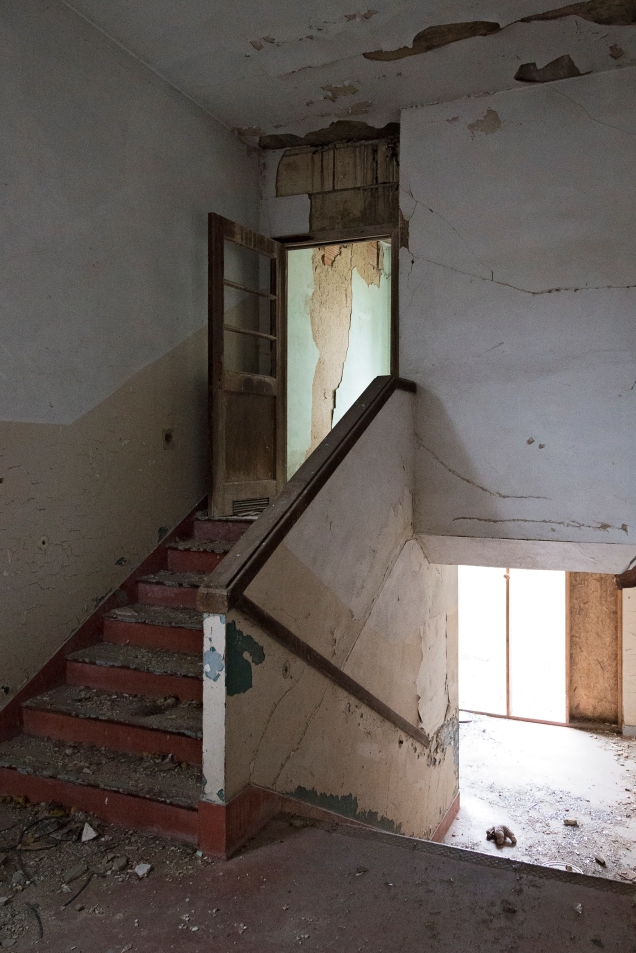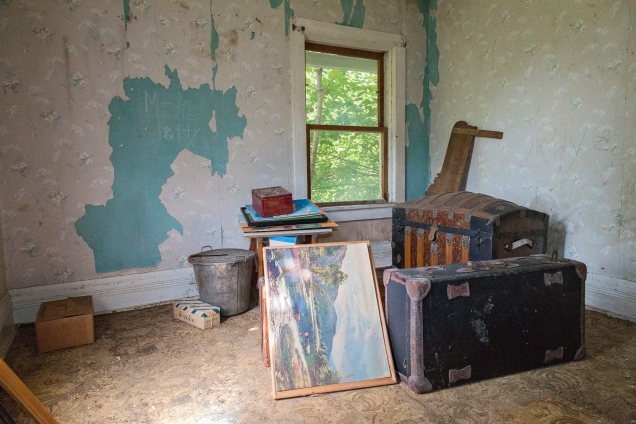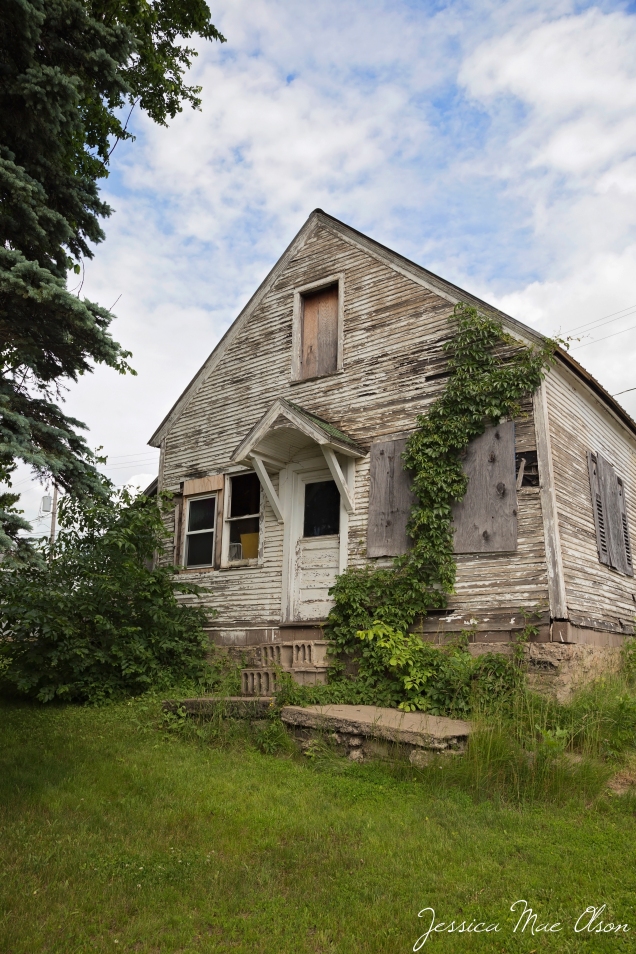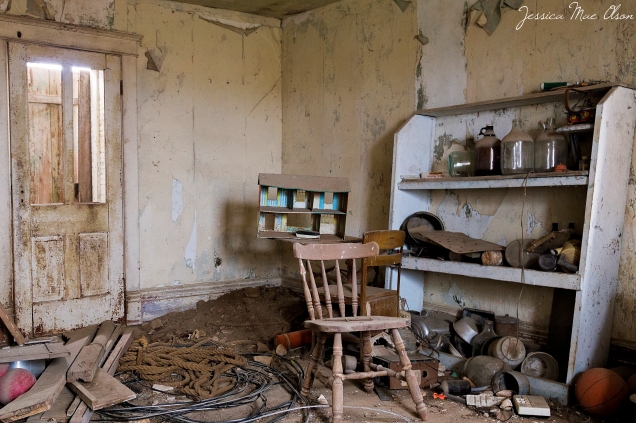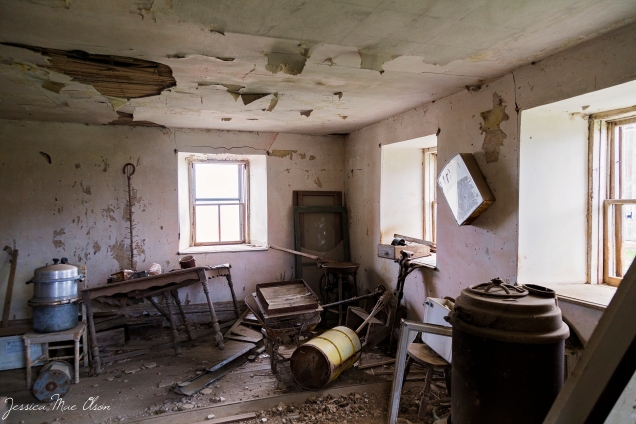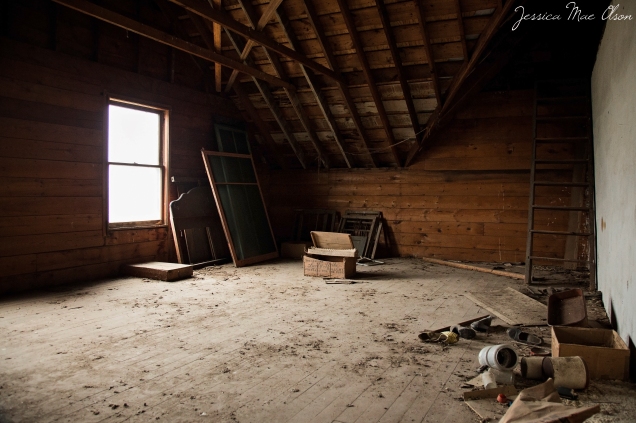In the heart of Gary’s west side sits a sprawling lot and at its core, the ruins of a grand Georgian brick establishment. Built in response to the needs of a rapidly expanding steel community, the construction of Horace Mann spanned 10 full years from 1918 to 1928. The resulting ensemble of three buildings are a beautiful example of classic Tudor style with a central entrance majestically framed by a perfect collection of block and brick.

The first class consisted of just 45 students transferred from Jefferson. They would spend their school days in two portable trailers on the property site during 1918. As the demand for enrollment increased significantly more than initially anticipated, three more portable units were added in 1919. Yet this was still not enough.
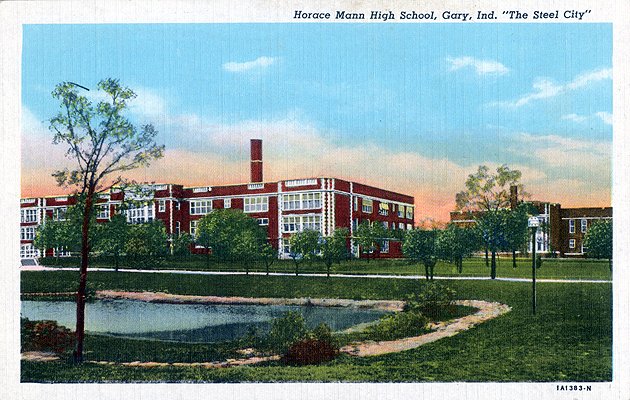
The realization that a larger, more permanent solution was necessary resulted in the construction of the present day east building in 1922 and the west building just 2 years later in 1924. The cornerstone for the central building was finally set in 1926 and followed by a complete overhaul of the surrounding landscaping that was officially complete in 1928.


At its peak in the late 50’s, Horace Mann would be home to nearly 2,600 students ranging from kinder-gardeners to those preparing for high school graduation. Exceeding its intended capacity, the construction of an additional school on the southern portion of the property ensued and elementary students would begin attendance shortly after.

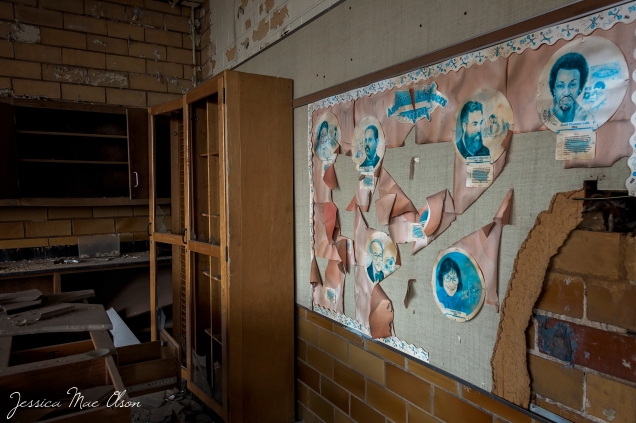
While the school had spent decades thriving, it was no match for the decline of the steel industry in the 1960’s and the rapid reduction in the cities population that ensued. The following years were spent in consistent decline and by 2003, only 546 students were walking the halls. Before the doors were closed for the last time, the graduating class of 2004 consisted of a meager 72 students.
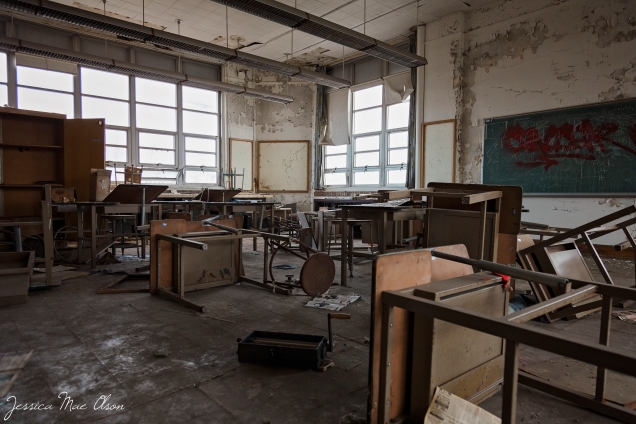

You only need to stand on the property for a moment to be impressed by the sheer size and abundance of amenities that this school boasted. While wandering, we came across two gymnasiums, numerous science labs, a vast auditorium and dozens of classrooms, all still filled with a majority of the schools original property.


While still an impressive time capsule, years of neglect and decay are fully evident. The once impressive auditorium is now a shell of its former self. Seats that once held anxious students are empty and rusting. The smooth wooden floors of the gymnasium are now warped and raising.



Halls that were once filled between classes are now silent except for the occasional drip of water. Lockers that once created symphony of opening and closing are now silent, covered in years worth of graffiti.



Art rooms are filled with dried out paint and pieces of yarn. Classroom walls are textured with peeling paint and the remains of student artwork litter the counter tops and floors. New artwork adorns the walls and instruments are piled just outside the band room.





With the beautiful brick walls, large wooden cabinets and endless walls of windows, it is not hard to imagine what this school was during its 76 years of operation. Hopefully it’s memory will continue to live on in the minds of those that have been able to experience it both before and after its closure. I know this is one location I will not soon forget.



